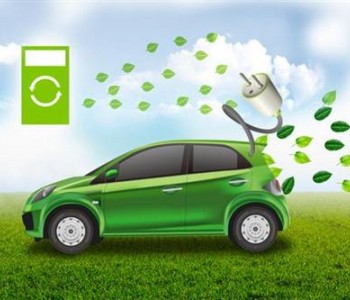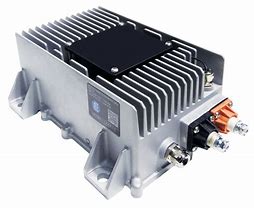In today’s rapidly evolving world of electric vehicles (EVs), on-board chargers play a pivotal role in ensuring that your EV remains charged and ready to hit the road at any given moment. A 96V on-board charger is a crucial component of many EVs, and its daily use and proper maintenance are essential for optimal performance and longevity. In this article, we will delve into the world of 96V on-board chargers, discussing their daily use and the necessary maintenance routines to keep them in top condition.
Understanding the 96V On Board Charger
A 96V on board charger is an integral part of an EV’s charging system. It converts AC (alternating current) from an external power source, such as a residential wall outlet or a dedicated charging station, into DC (direct current) suitable for charging the vehicle’s battery pack. The 96V designation indicates the voltage level at which the charger operates, which is a common configuration for many electric vehicles.
Daily Use Tips
Plug-In Safely: When plugging your EV into a charging station or outlet, ensure that the connections are secure and free from any damage. Check the cable for wear and tear, and if any issues are detected, replace it immediately.
Avoid Extreme Temperatures: Extreme temperatures can affect the efficiency of your charger and your EV’s battery. Whenever possible, park your vehicle in a shaded area or a garage during hot weather to prevent overheating. In colder climates, consider using a heated garage or parking near a charging station with temperature control.

Monitor Charging Time: While modern chargers and EVs are designed to handle prolonged charging sessions, it’s a good practice not to leave your vehicle charging for extended periods unnecessarily. Once your EV reaches a full charge or the desired battery level, unplug it to prevent overcharging.
Use Recommended Charging Cables and Adapters: Always use the charging cables and adapters provided by the manufacturer or those certified for your specific EV model. Using incompatible equipment can lead to inefficient charging or, in extreme cases, damage to your vehicle’s charging system.
Regularly Update Charger Software: Some chargers have firmware updates that improve performance and address potential issues. Check for updates periodically and follow the manufacturer’s instructions for installing them.
Maintenance Guidelines
Inspect Charging Equipment: Regularly inspect the charging cable, plug, and connectors for any signs of damage or wear. Replace any damaged components promptly to prevent safety hazards and ensure efficient charging.
Clean the Charger: Dust, dirt, and debris can accumulate on the charger’s connectors over time, affecting the quality of the connection and charging efficiency. Use a soft brush or compressed air to clean these components gently.

Maintain Proper Ventilation: Ensure that the charger has proper ventilation to prevent overheating during charging sessions. Avoid covering or blocking the charger, and maintain adequate airflow around it.
Check for Error Codes: Modern on-board chargers often have diagnostic capabilities that can detect issues with the charging system. If your EV displays error codes or warning lights related to charging, consult your vehicle’s manual and take appropriate action.
Schedule Professional Inspections: Periodic professional inspections of your 96V on-board charger and overall charging system are advisable. An experienced technician can perform thorough checks, identify potential problems, and address them before they escalate.
Daily use and maintenance of a 96V on-board charger are essential practices for EV owners who want to ensure the long-term reliability and efficiency of their vehicles. By following these guidelines, you can help prolong the life of your charger, maintain optimal charging performance, and enjoy the convenience of electric vehicle ownership for years to come. Remember that safety should always be a top priority when dealing with electrical components, so exercise caution and seek professional assistance when necessary to address any issues with your on-board charger.
留下评论